Saint of the Day – 22 December – St Frances Xavier Cabrini (1850-1917) Virgin, Religious Sister, Missionary, Founder. Patronages – against malaria, emigrants, immigrants (given on 8 September 1950 by Pope Pius XII) hospital administrators, orphans.
St Frances Xavier Cabrini
From the Roman Breviary
Frances Cabrini, who later took the name of Xavier because of her desire to imitate the Apostle of the Indies, was born in the Town of Sant’ Angelo in the Diocese of Lodi in 1850. Her parents were holy and respectable people. Aided by divine grace, she had attained, even as a child, to a very high degree of union with God and was already given to the practice of austerities. When she was seven years old, the custom of listening before evening prayers, to readings from a magazine concerning missionary work in China, filled her with an ardent desire to go there, in order to win souls for God. She was hardly thirteen years old, when she took a vow of perpetual Virginity. From that time, the all-absorbing thought of her soul was how to return love, for love ,to the Sacred Heart of Jesus and thus bring some consolation to Him, in His sufferings and distress.
After the successful completion of her studies she resolved to embrace the religious life. Twice she applied for admission and each time was refused, on the ground of poor health. She then taught for some years in the public school, with a considerable measure of success. Thereafter, she was appointed by the Bishop of Lodi, as the directress of an orphanage, in which position, she displayed such prudence and zeal, especially in the Christian education of girls that the same Bishop urged her to found a new religious congregation which would principally be devoted, to the missions.
She undertook this difficult assignment with great courage and in 1880, in the Chapel of our Lady of Grace at Codogno, laid the foundation of the Institute of the Missionary Sisters of the Sacred Heart. She then sought from the Holy See, the approval of the Rules and Constitutions of the new Institute. This having been achieved, she laboured with all zeal, to imbue the new sisterhood with the same spirit of love of God and neighboir ,which she, herself had drawn, in copious draughts ,from the fountain of the Sacred Heart.
The expansion of this new religious family to include sixty-seven foundations in Europe and America, testifies to the extraordinary character and skill of its wise and saintly ruler. She had, moreover ,a mind to establish missions in more remote lands and being in doubt, concerning God’s will in the matter, she followed the advice of Pope Leo XIII and turned to the West.
It was to these western shores of both Americas, that large multitudes of Italians had emigrated, in order to find employment because they were unable to exist in their own land. The condition of the Italian immigrants was then very poor and Frances sought to alleviate it. It was the love of Christ that urged her to take up this work, so wholeheartedly and so courageously. No labour could overcome her, no danger could frighten her. Her intrepid and undaunted spirit braved the rough and dangerous voyages across the ocean, twenty-four times!
She travelled over the length and breadth of America, establishing everywhere, hospitals, schools, houses of rest, nurseries, orphanges and other institutions, in order to promote the material livelihood but above all the spiritual well-being of the working class. By such charitable endeavours, she won the hearts of her fellow-countrymen and so, came to be called the Mother of the Italians.
She exerted every effort to accomplish the work she had in mind and her zeal could brook no delay. Placing her complete confidence in Divine Providence, she took as her motto that saying of Paul: “I can do all things in Him Who strengtheneth me.”
Her heart was consecrated to God by a perpetual union with Him, so that even amid the most absorbing occupations, her mind never lost track of heavenly things. All she met with, on her various journeys, were like so many stepping-stones, by which her soul ascended to God.
She had the greatest veneration for the Roman Pontiff and the Apostolic See and saw in the laws of the Church, norms of conduct that give one the greatest sense of security. She cultivated a childlike love for the Blessed Virgin Mary and often used to say, that Mary was the Mother and Foundress of her Institute.
Finally her life, extraordinary by reason of its integrity and labours for God, came to an end at Chicago, on 22 December 1917. Later her body was translated to New York. She was solemnly Beatified by Pope Pius XI, whereas Pope Pius XII, after new miracles were performed, solemnly added her name to the list of holy Virgins.
“Inspired by the grace of God, we join the Saints in honouring the holy Virgin Frances Xavier Cabrini. She was a humble woman who became outstanding, not because she was famous or rich or powerful but because, she lived a virtuous life. From the tender years of her youth, she kept her innocence as white as a lily and preserved it carefully, with the thorns of penitence. As the years progressed, she was moved by a certain instinct and supernatural zeal, to dedicate her whole life to the service and greater glory of God.
She welcomed delinquent youths into safe homes and taught them to live upright and holy lives. She consoled those who were in prison and recalled to them, the hope of eternal life. She encouraged prisoners to reform themselves and to live honest lives. She comforted the sick and the infirm in the hospitals and diligently cared for them. She extended a friendly and helping hand especially to immigrants and offered them necessary shelter and relief, for having left their homeland behind, they were wandering about in a foreign land with no place to turn for help. Because of their condition, she saw that they were in danger of deserting the practice of Christian virtues and their Catholic faith.
Undoubtedly she accomplished all this through the faith which was always so vibrant and alive in her heart, through the divine love which burned within her and finally, through constant prayer, by which she was so closely united with God, from Whom she humbly asked and obtained, whatever her human weakness could not obtain.
Although her constitution was very frail, her spirit was endowed with such singular strength that, knowing the will of God in her regard, she permitted nothing to impede her from accomplishing what seemed beyond her strength.” – From his sermon at the Canonisation of Saint Frances Xavier Cabrini by Pope Pius XII.

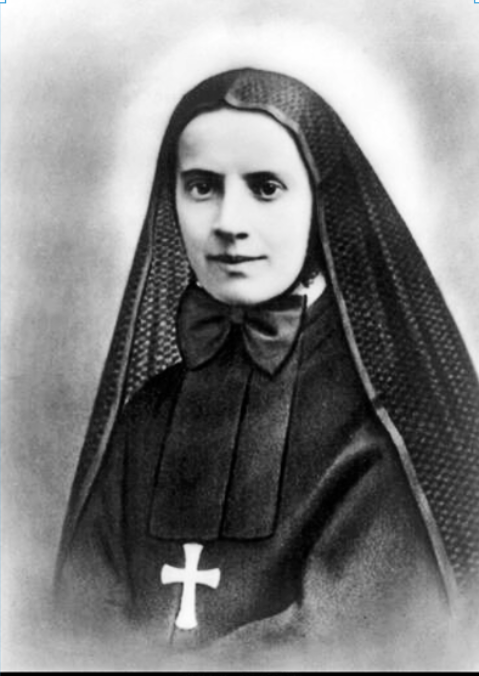





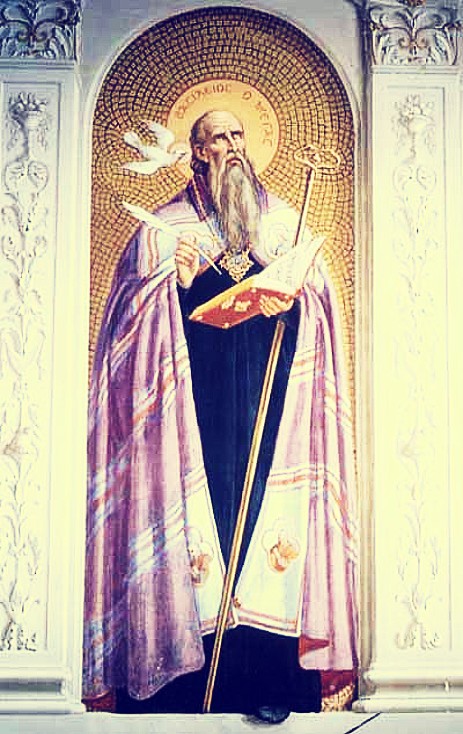
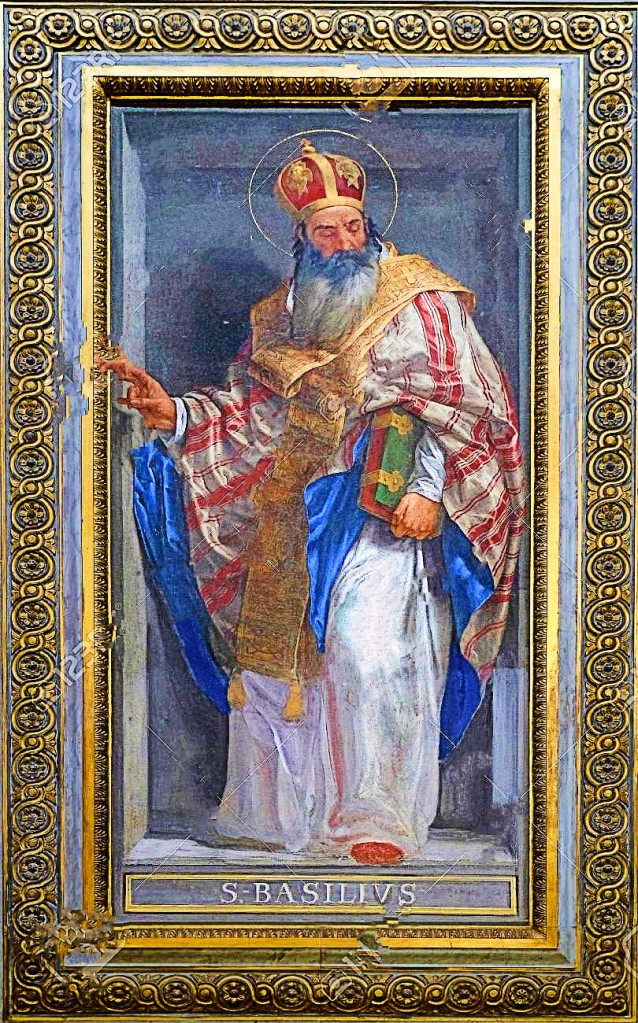
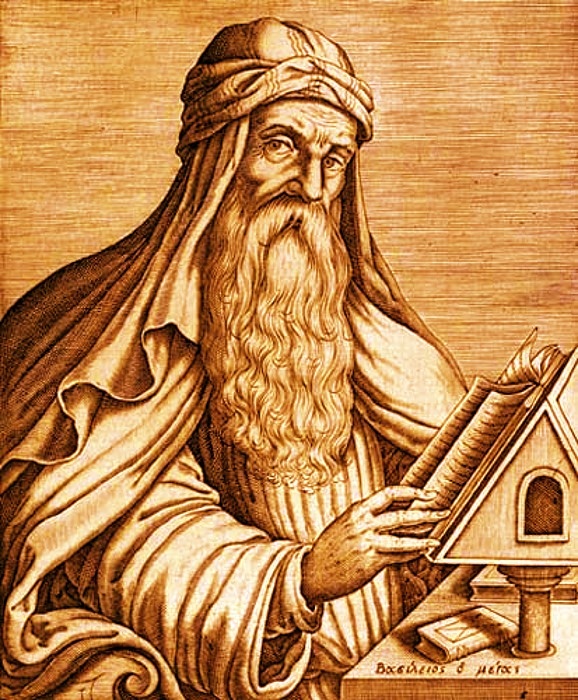
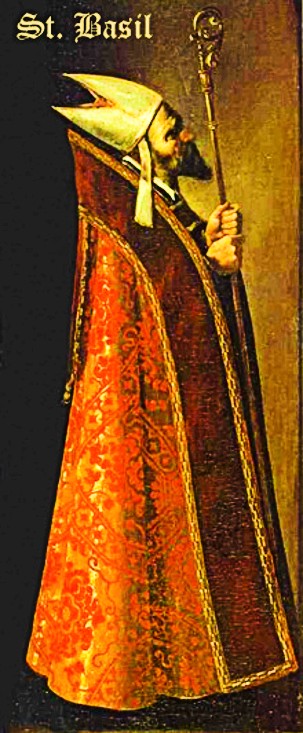




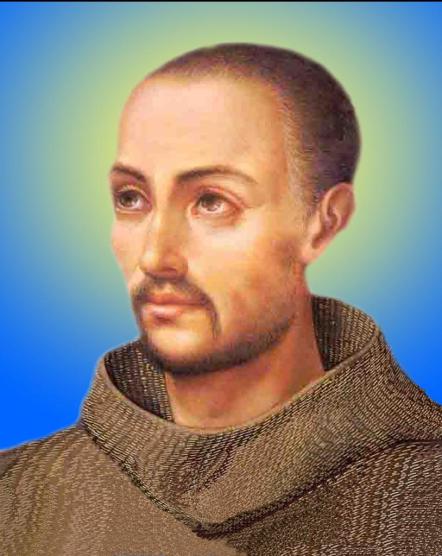
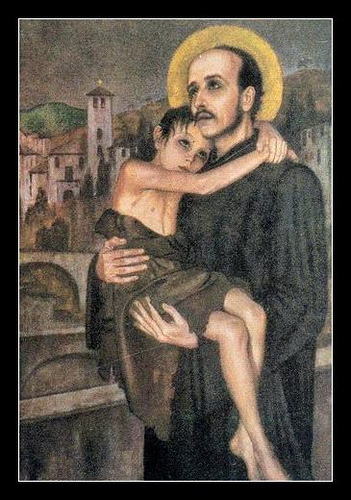










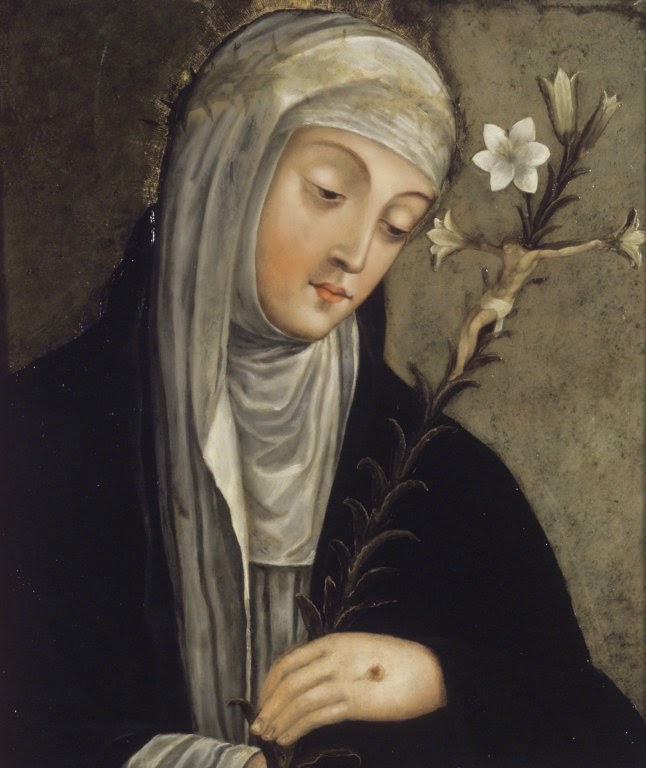


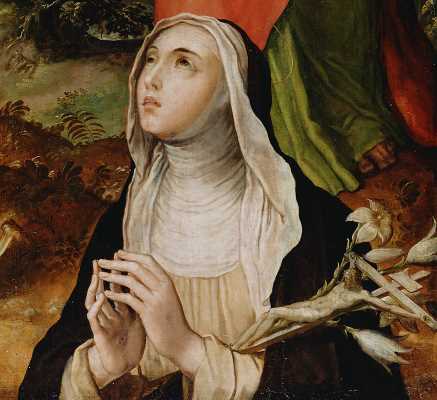
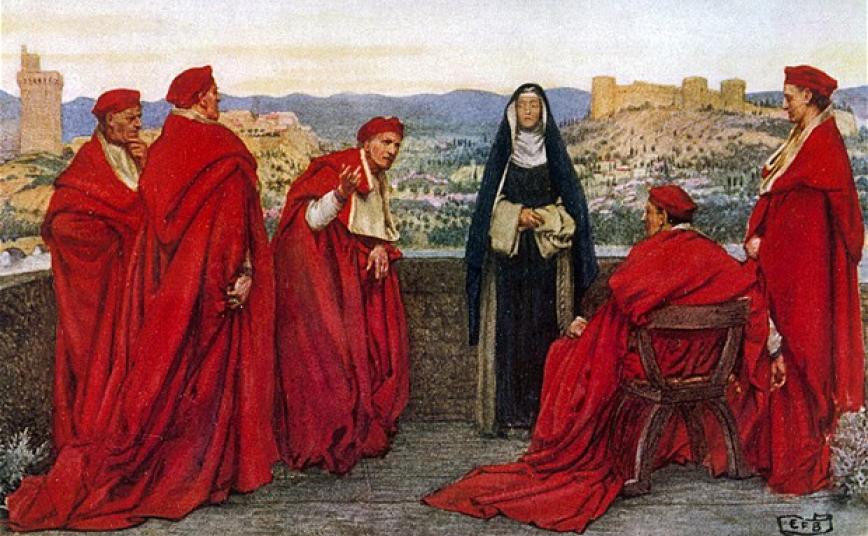


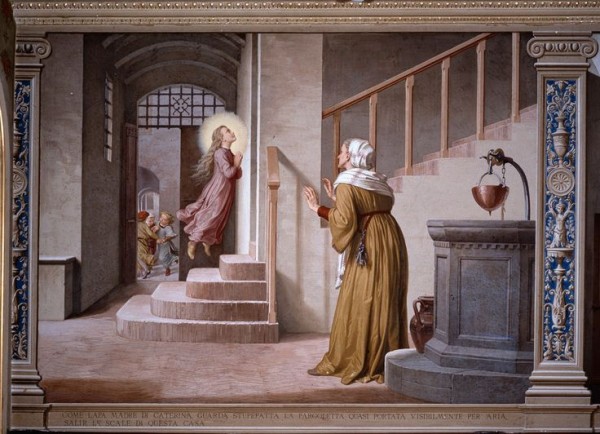
 The Oratory of the Bedroom: this houses the small cubicle where Catherine rested and prayed and the stone where the saint would lay her head. This space is connected with the first phase of Catherine’s life, where she would withdraw from the world in contemplation. Images below.
The Oratory of the Bedroom: this houses the small cubicle where Catherine rested and prayed and the stone where the saint would lay her head. This space is connected with the first phase of Catherine’s life, where she would withdraw from the world in contemplation. Images below.





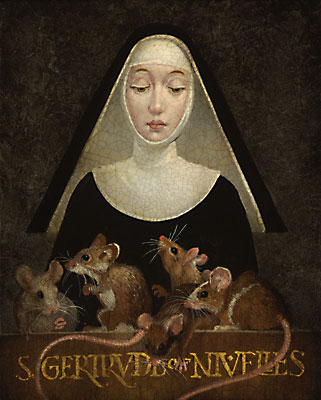


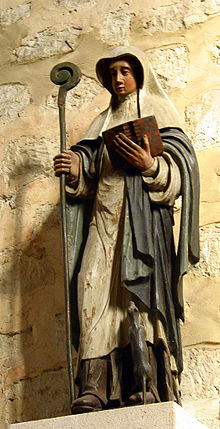
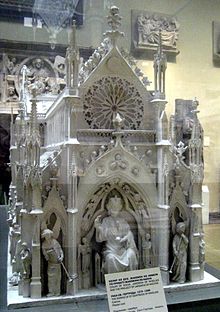





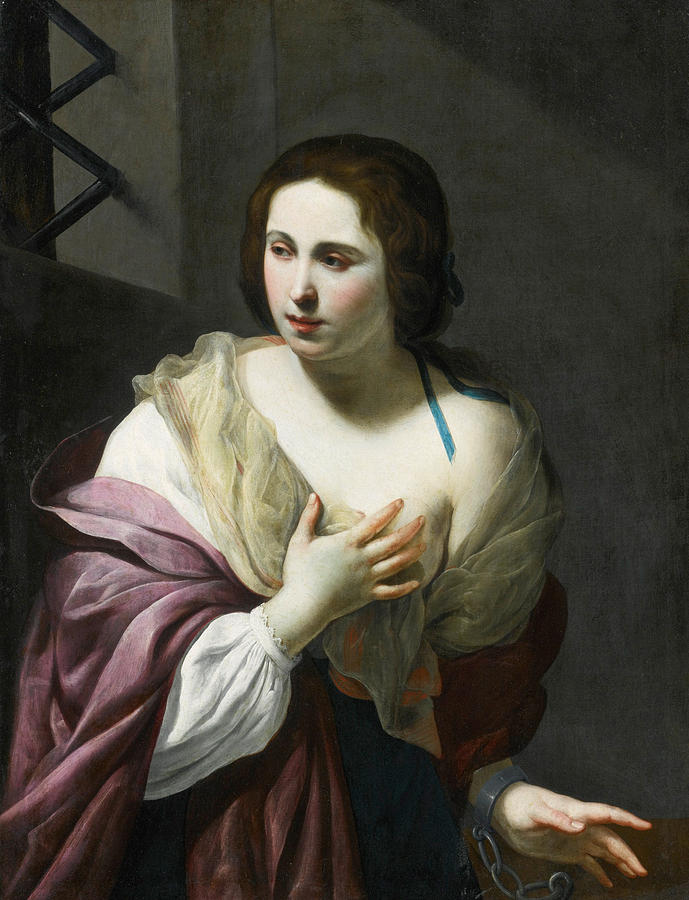













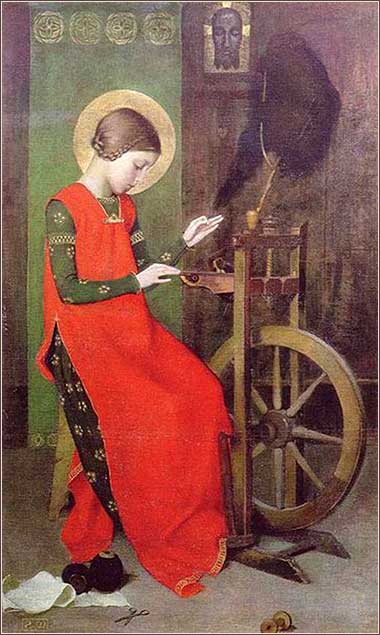


















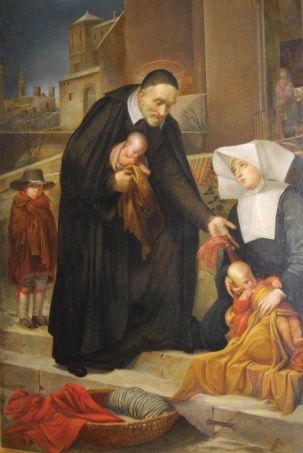



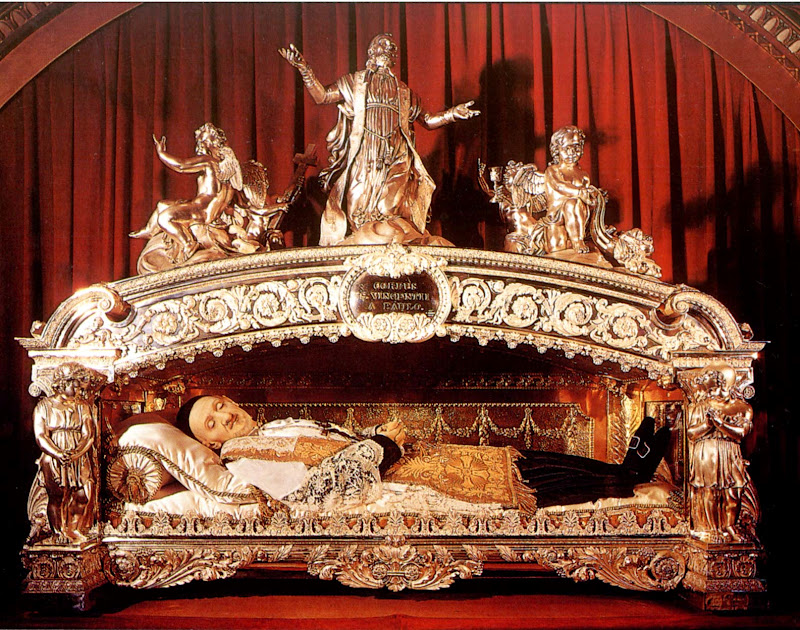
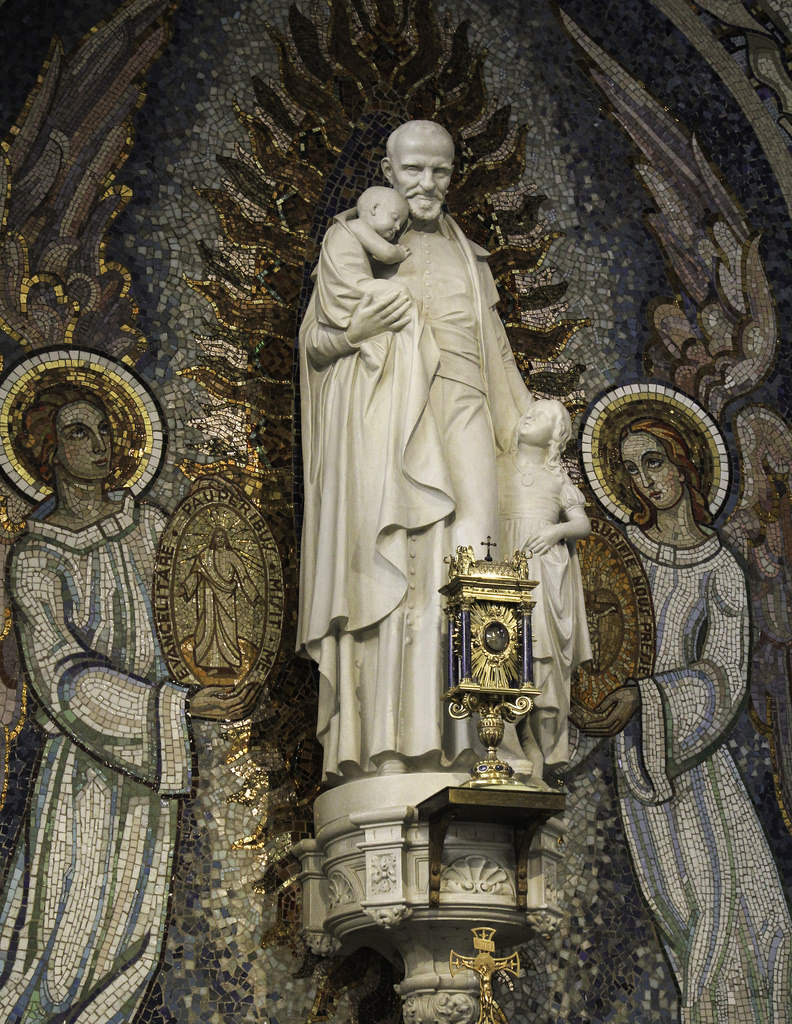












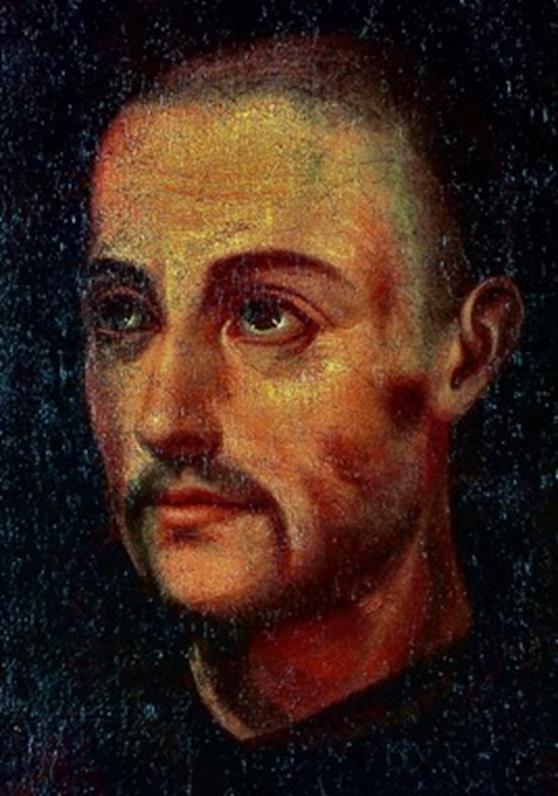
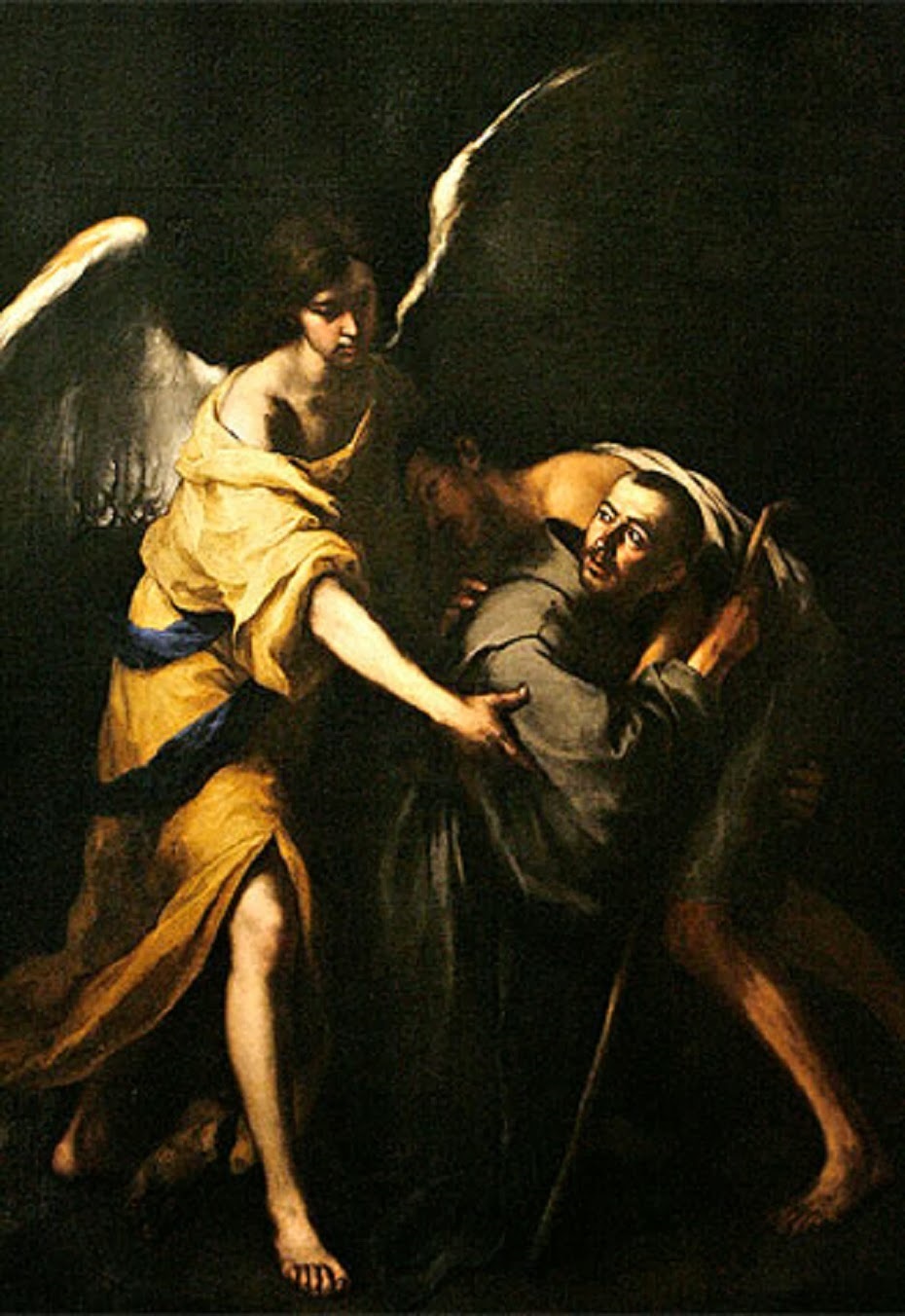


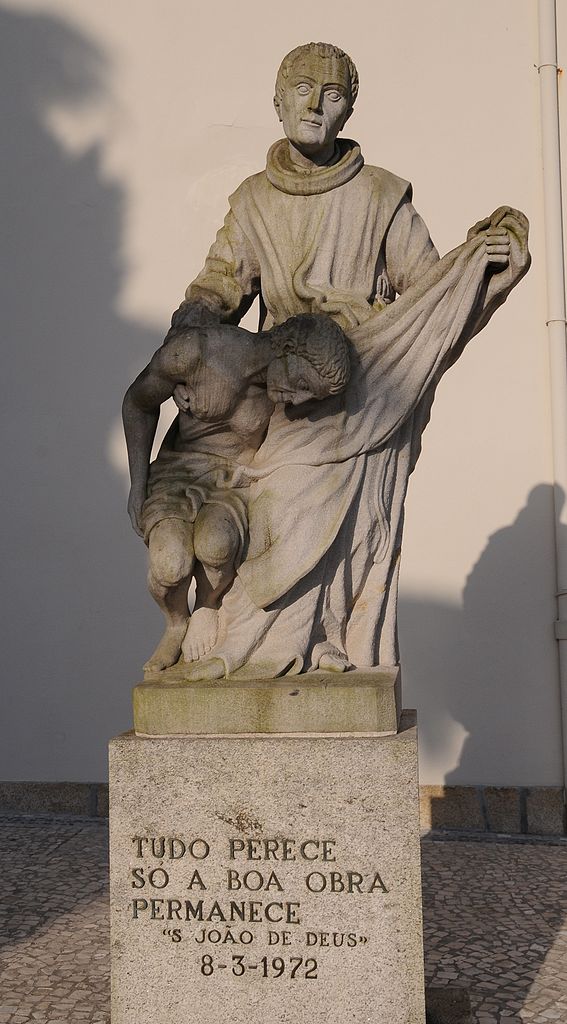
You must be logged in to post a comment.